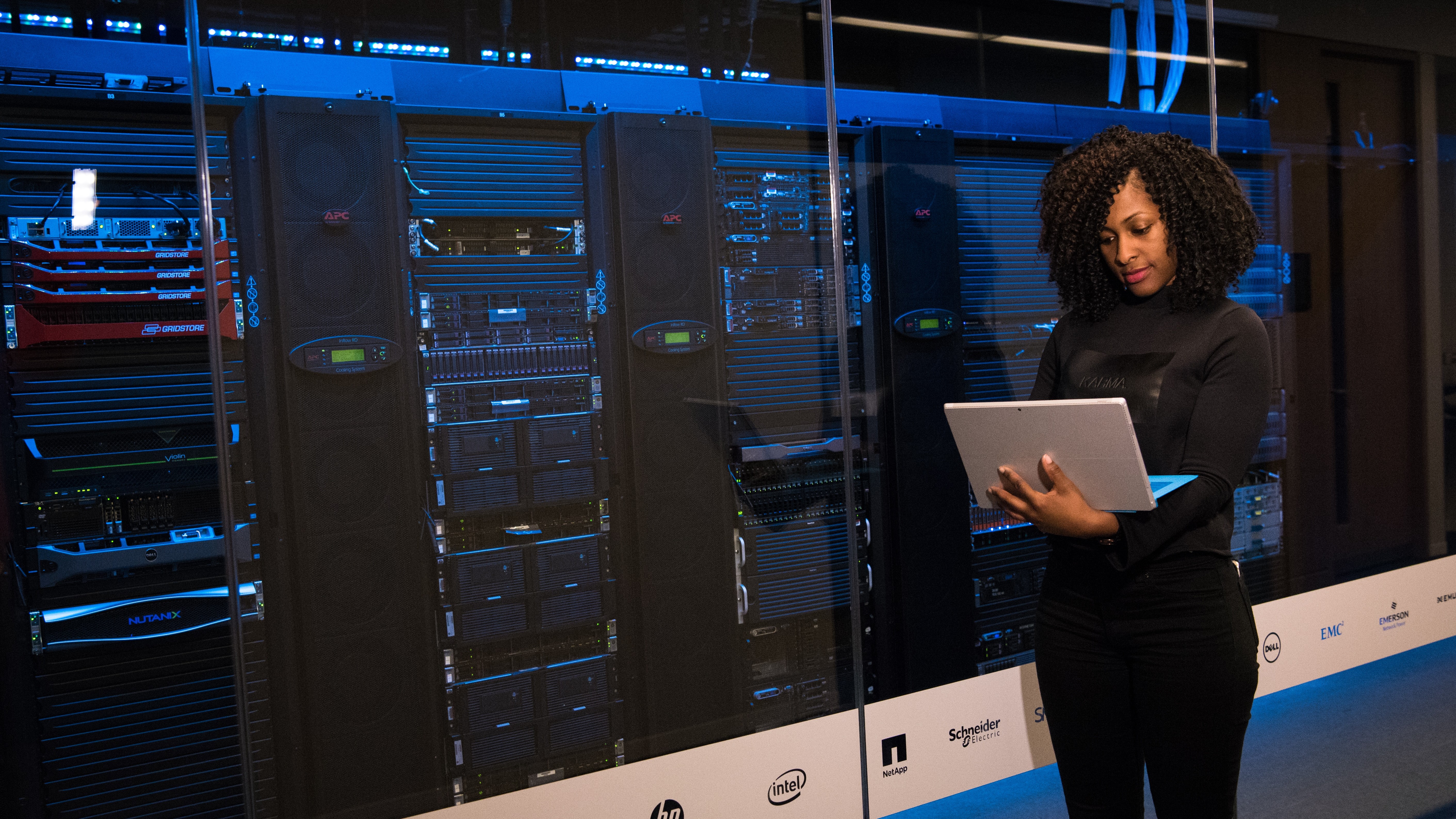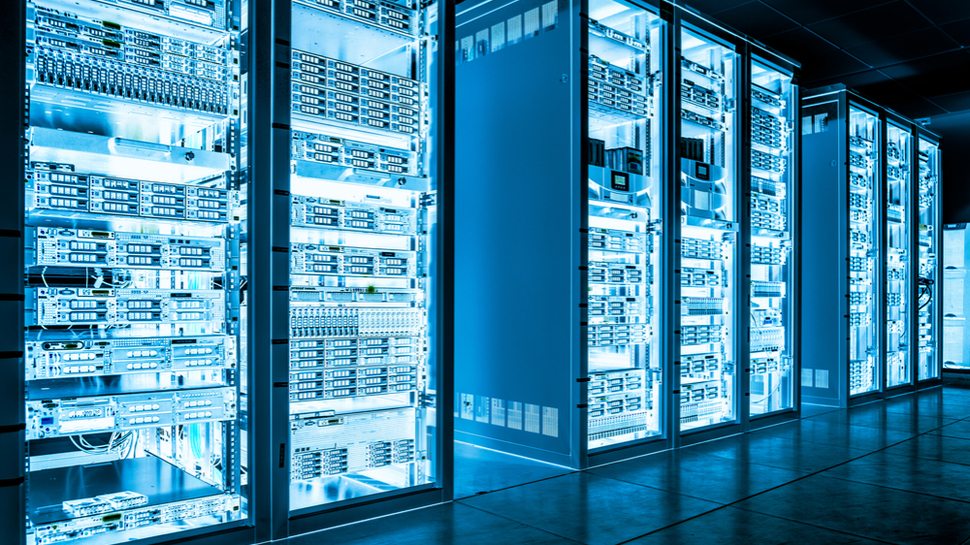What impact will IoT edge computing have on the data center market?
IoT edge computing has already impacted the cloud industry and will continue to do so

As the Internet of Things (IoT) has grown with more businesses deploying IoT devices, so to as the amount of data these devices create. This data is then sent back to data centers where it can be analyzed and used by organizations. However, what if this data could be analyzed in real-time at the edge of the network?
This is the idea behind edge computing and TechRadar Pro spoke with Aruba.it's cloud and data center marketing manager, Massimo Bandinelli to learn more about the impact that edge computing could have on the data center market.
- HPE: Why edge computing is the key to power your future
- Nokia wants to be the brains behind IoT
- Why IoT security should be top of your list
What is your view on edge computing? How will it impact the global connectivity landscape?
Edge computing doesn’t always get the acclaim other emerging technologies get but when you consider the new experiences and services it will enable, you can see why so many (myself included) are excited by the possibilities. According to Gartner, edge computing is set to become an “innovation trigger” with mainstream adoption expected as early as 2020 alongside other enabling technologies including 5G, blockchain, serverless computing and quantum computing.
For example, as the Internet of Things (IoT) continues to expand (50% of enterprise organisations are planning to implement IoT within the next 3 years), the amount of data being generated will skyrocket. This shift will create new needs like the ability to analyse and act on data in real-time, which requires new solutions.
Over the coming years, edge computing solutions will be integral to processing and acting on the data generated by connected devices more quickly, as it will allow the processing of information to be performed closer to where it is being collected or generated. Not only will this enhance processing power to help deal with the rise in data quantities, it will also increase the speed and efficiency of data processing. In turn, this will provide real-time insights from the IoT data that is being collected, helping organisations to scale networks and capture the true value of next-generation connectivity solutions such as 5G networks.

Will edge computing have a positive or negative impact on the data centre market in your view? Why?
The rise of edge computing will lead to a significant change in the data centre landscape by driving an increase in smaller data centres and edge-driven systems that will work alongside existing data centres. We will certainly see a shift, but the traditional data centre model will still thrive and be vital to all kinds of businesses as it retains its role at the centre of these new networks and is essential for processing the core data that requires long-term retention.
Also, the dizzying expansion of the IoT will increase the need to have data centres closer to the devices themselves, primarily to reduce latency and aid more effective data analysis. Latency in some areas is a key element, as it has been for many years in the gaming world. In order to meet industry needs, edge computing and edge data centre technologies have been created, which have begun to bring a good part of the computational capacity that was previously only available in the data centre to the devices
Edge computing is set to play a vital role in wider IoT deployments according to a number of analysts. Do you agree? If so, how do you see this playing out?
As the Internet of Things grows, edge computing will allow data processing to happen closer to where data is being generated, enabling data analysis in near real-time. Edge computing will also help reduce connectivity costs by removing the need for super-fast connectivity between devices and traditional data centres. Instead, super-fast connectivity can be reserved for data that needs to be processed urgently and other connectivity arrangements can be made for non-urgent data.
There are also issue with security and data privacy with the growing hypersensitivity around how data is stored and who has access to it. For example, with most mobile devices now able to process data effectively without the need for data to be transported anywhere, end users can have access to the instant personalised experiences they crave without the risk of their data being unnecessarily exposed.
Ultimately, edge computing will be integral to processing and acting on IoT data more quickly, setting up organisations and end users to get the best out of the IoT.

Will the traditional data centre market become obsolete because of IoT edge computing? Or is this a big opportunity for data centres to have an even greater impact?
As mentioned previously, edge computing will change the way data is stored and processed but traditional data centres will continue to serve a purpose for processing the core data that requires long-term retention.
The traditional data centre model won’t become obsolete by any means and will still be used for a wide range of functions, but the rise of edge computing could see a change in the data centre landscape, with larger numbers of smaller data centres built closer to population centres like cities and business parks.
Data centre infrastructure therefore could change and slowly become more distributed. In this case there will likely be more storage hubs in regional markets and smaller cities, as well as micro data centres bolted onto parts of the existing communications infrastructure, such as telecom towers. As more computing power and storage is needed to handle rapidly growing numbers of edge applications, it makes sense to place this on top of existing infrastructure.
What is your role on this - where do you sit in the market, why is it of interest to you?
Many experts have predicted that a data deluge will come with the growth of the Internet of Things, with unprecedented levels of data generated from the growing number of connected devices. This increase in data generation will also bring with it the need for more storage, in traditional data centres or modular data centres.
At Aruba, our aim is to provide the necessary data centre solutions that will enable organisations to store and process the data in the most effective and appropriate way. Demand for these services are already rapidly growing. Many organisations have also started to create cloud infrastructures for batch processing information gathered from IoT devices.
Are you a pro? Subscribe to our newsletter
Sign up to the TechRadar Pro newsletter to get all the top news, opinion, features and guidance your business needs to succeed!